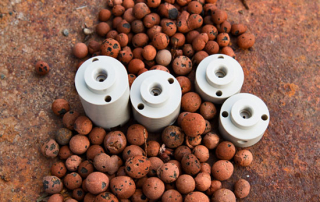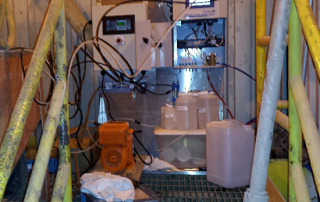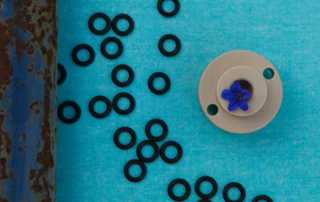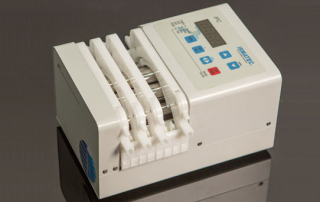Saint-Gobain Introduces Tygon S3™ non-DEHP, Phthalate-free Flexible Peristaltic Pump Tubing
By now, most of us have heard that we shouldn’t put plastic in the microwave, though many still do it without a thought. A quick search on the internet for phthalates turns up key phrases like endocrine disrupters and insulin resistance, baby bottles, water bottles and so on that all seem to be leading us [...]











